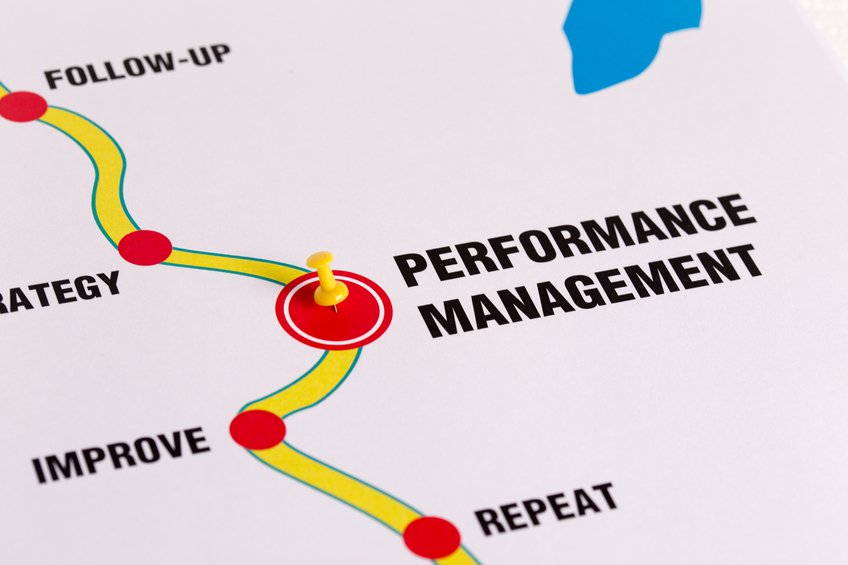Performance Management
 Performance management is a process that involves communication and feedback from supervisors to employees to accomplish organizational goals. The best supervisors will guide employees to use their talents in areas that not only accomplish organizational goals but also achieve the employee’s professional development goals. Performance management should not be confused with performance reviews. Performance reviews are directly related to the deliverables an employee produces and is only part of performance management. Performance management is related to redirecting an employee’s talents towards areas that serve the organizational mission. Performance management has three phases: planning, coaching, and appraisal.
Performance management is a process that involves communication and feedback from supervisors to employees to accomplish organizational goals. The best supervisors will guide employees to use their talents in areas that not only accomplish organizational goals but also achieve the employee’s professional development goals. Performance management should not be confused with performance reviews. Performance reviews are directly related to the deliverables an employee produces and is only part of performance management. Performance management is related to redirecting an employee’s talents towards areas that serve the organizational mission. Performance management has three phases: planning, coaching, and appraisal.
Performance Planning
Planning out what the goals and objectives are for each employee is a task that should be carried out at least annually, if not more frequently. Employees grow, their skillsets change, and the organization changes too. Supervisors must keep up with these changes and continue to align their employee’s strengths where they best serve the organization. Planning allows supervisors to communicate their expectations with clear, measurable objectives. It also allows employees to speak up about their skillsets and personal goals.
Performance Coaching
Coaching should be thought of as an ongoing process. Supervisors should give employees feedback regularly. The feedback should not be limited to negative instances. Let an employee know when they have done something well and why you found their approach valuable. If something needs to be corrected, allow employees the opportunity to ask questions and fully understand what the expectations are. Then, they can adjust their performance to meet the expectations.
Performance Appraisal
A performance review is a type of performance appraisal. During the assessment, there is a formally documented review of an employee’s performance. At this time, supervisors may identify a performance problem, which is a gap between the desired results and actual results. Conversely, supervisors may find that an employee has made a measurable effort in closing the difference between the actual results and the desired results. Improved performance should be acknowledged, and in some cases, rewarded.
Development interventions can assist employees in meeting their performance management goals. Allowing the employees to expand their skillsets, knowledge, or change their behavior is a way to show employees continued support throughout the performance management process. Development interventions can be anything from supervisor coaching or mentoring to having the employee participate in training courses.
One of the easiest ways an organization can monitor development related to employee performance management is to invest in a learning management system. A learning management system is a type of software that houses training courses, keeps track of participant progress, and can report on assessment data. Courses that employees take can be recorded as progress toward their performance goals and objectives. Progress reports can serve to remind supervisors of the skillsets possessed by employees and to see the strides the employees have made.
Check out Trakstar Learn
Learn is an award-winning learning management system used by Fortune 500 companies to host, track, and report their performance management related training. Request a demonstration of the Learn platform to see how it can change the way supervisors in your organization track development interventions.